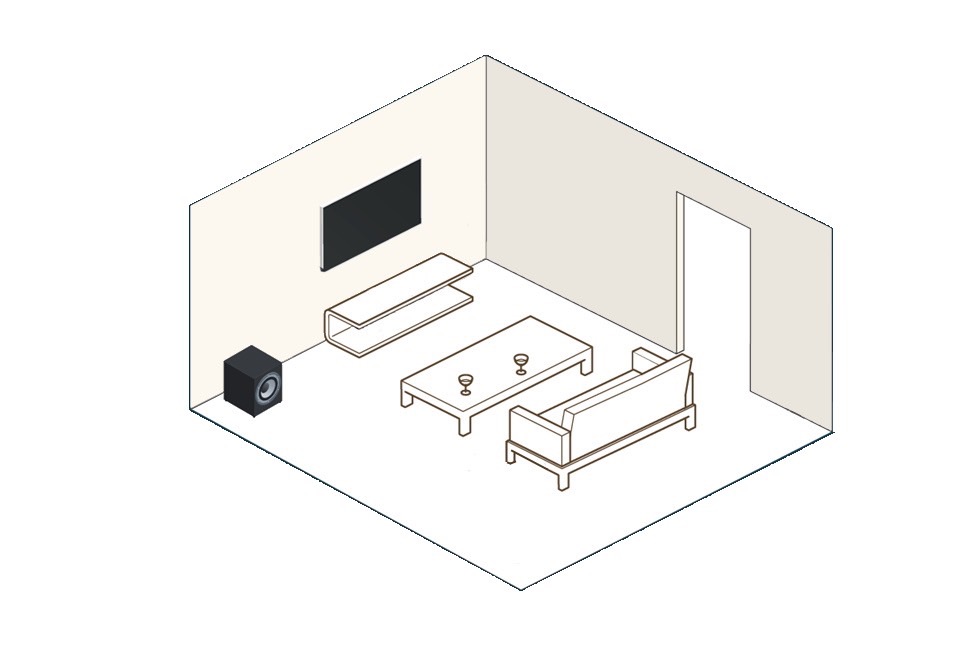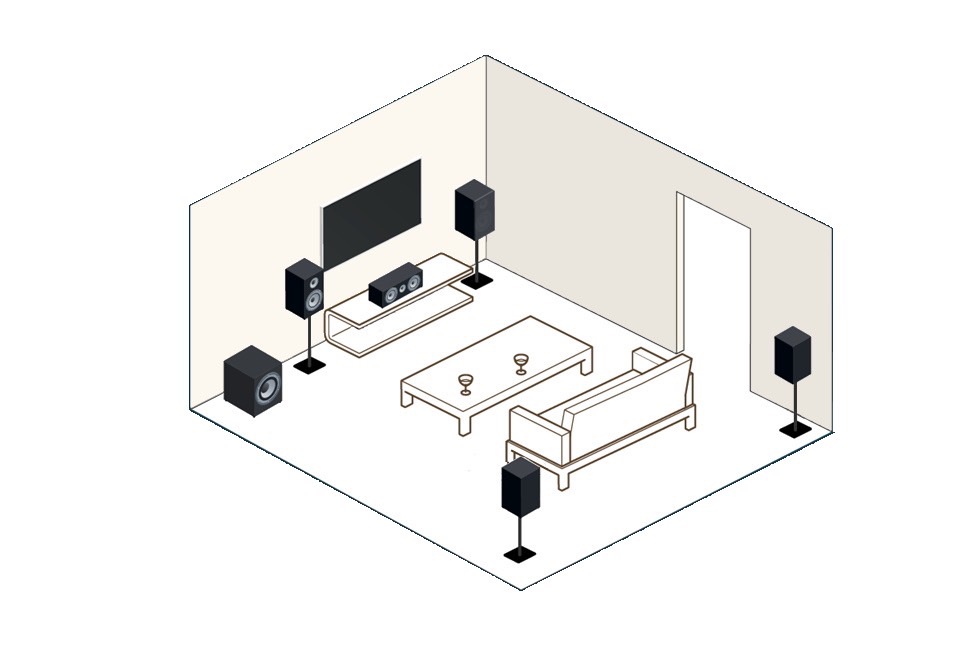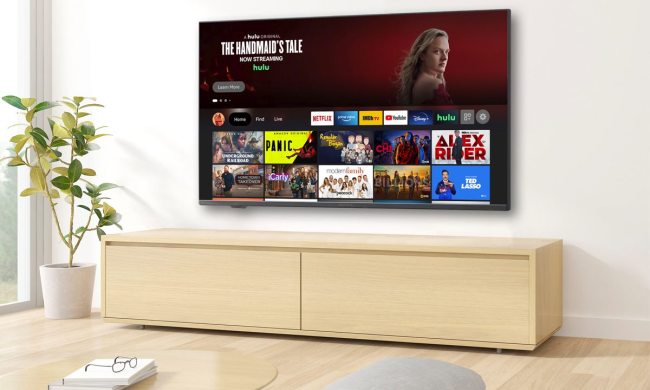Despite having been around for more than a decade, DTS Play-Fi simply doesn’t enjoy the same kind of brand recognition as Apple’s AirPlay or Google’s Chromecast, even though Play-Fi performs a very similar function: It lets you stream very high-quality audio over Wi-Fi to any Play-Fi-compatible speakers. But that might be about to change. Today, the company that is probably best known for its DTS and DTS:X movie theater surround sound formats, is announcing a new generation of its Play-Fi technology that expands the system into multichannel home theaters.
The new platform is called, somewhat obviously, Play-Fi Home Theater. It achieves the same goal as a wireless soundbar package or a WiSA speaker system in that it can eliminate all of your speaker cables, making the setup and positioning of your home theater speakers way easier. But Play-Fi Home Theater is considerably more sophisticated and expandable than either of those other options.
A major asset
Play-Fi Home Theater’s biggest asset is that it works over your existing Wi-Fi network. So there’s no need for a specialized dongle or transmitter (which you’d need with a WiSA-based system), and you won’t even need an HDMI cable to connect your TV to a soundbar or another control module as is the case with virtually all of today’s batch of multispeaker soundbar systems.
Instead, TV makers will start to embed a Play-Fi Home Theater module in their smart TVs that will work in conjunction with existing Wi-Fi or Ethernet network connections. When you buy such a TV, you’ll be able to outfit your home theater space with almost any combination of Play-Fi-enabled wireless speakers. Happy with your TV’s built-in speakers, but just want some more low-end bass rumble for movies? You can buy just a single Play-Fi-equipped wireless subwoofer — that’s something that, as far as we know, no other wireless sound system can do.
Play-Fi is currently embedded in audio gear from Klipsch, Onkyo, Philips, Paradigm, Pioneer, Polk Audio, and many other brands. Any of these devices can be used to create a Play-Fi Home Theater sound system.
- 1. DTS Play-Fi Home Theater system with a single subwoofer.
- 2. DTS Play-Fi Home Theater system with a 5.1 speaker configuration.
At launch, Play-Fi Home Theater will only be available on TVs equipped with Android TV, but DTS tells Digital Trends there’s no technical reason why it couldn’t be incorporated into other smart TV platforms like LG’s WebOS, Samsung’s Tizen, or Vizio’s SmartCast. The interface for setting up and adjusting Play-Fi Home Theater can be found on screen or via the Play-Fi app.
If you don’t want to buy a new TV, several companies are expected to announce Play-Fi Home Theater soundbars and A/V receivers that can act as your Play-Fi hub instead of your TV.
A low latency
Using Play-Fi with TVs isn’t new. The first TVs to launch with Play-Fi built-in appeared in 2020 from Philips, though these were only sold in non-U.S. markets. But those TVs only let you transmit two-channel stereo to Play-Fi speakers. The addition of Play-Fi Home Theater ups this capability to 5.1 channel sound and includes virtualized height channel support for Dolby Atmos and (naturally) DTS:X.
Audio latency can be a challenge over Wi-Fi in situations where the audio you hear has to sync up with the video on your TV. DTS claims that Play-Fi has a latency of less than 1 millisecond, which for most folks means essentially no latency at all. DTS also boasts that Play-Fi supports the highest level of lossless audio at 24-bit/192kHz. For comparison, Chromecast and WiSA both top out at 24-bit/96kHz while AirPlay is limited to 16-bit/48kHz.
Play-Fi even goes head-to-head with Sonos, the king of multiroom audio. Just like Sonos, the Play-Fi app can be used to group any number of wireless speakers in your home for synchronized playback. The app also works with dozens of streaming music services like Spotify, Amazon Music Unlimited, Tidal, Deezer, Qobuz, TuneIn, Pandora, and many more. The only big player that is currently unsupported is Apple Music. Play-Fi also does something that





